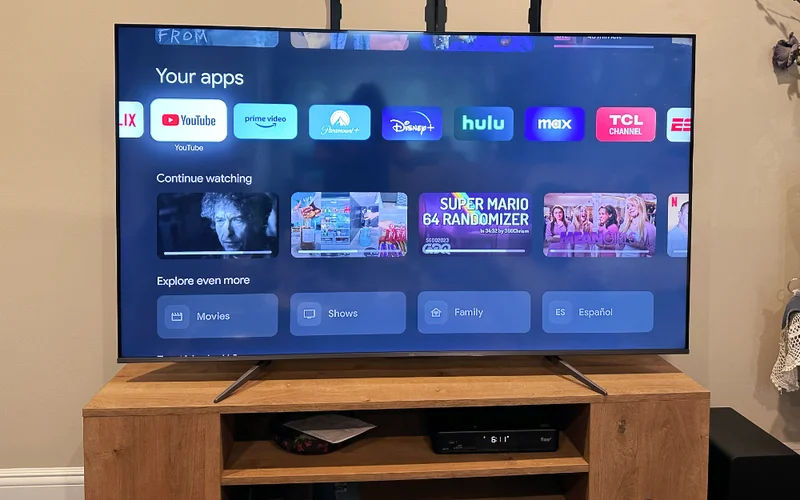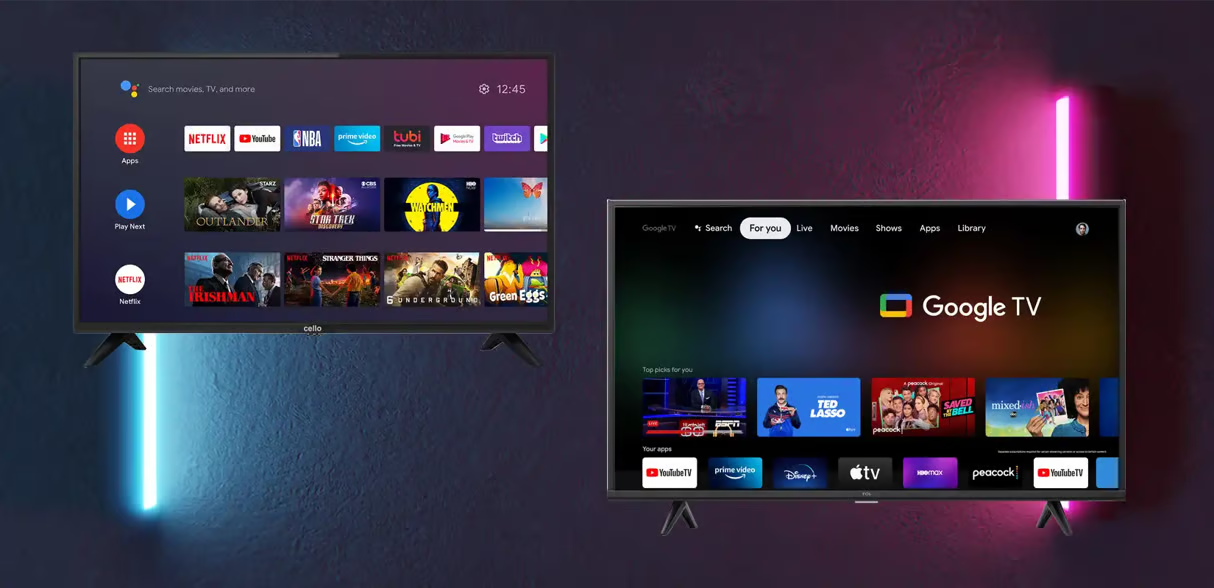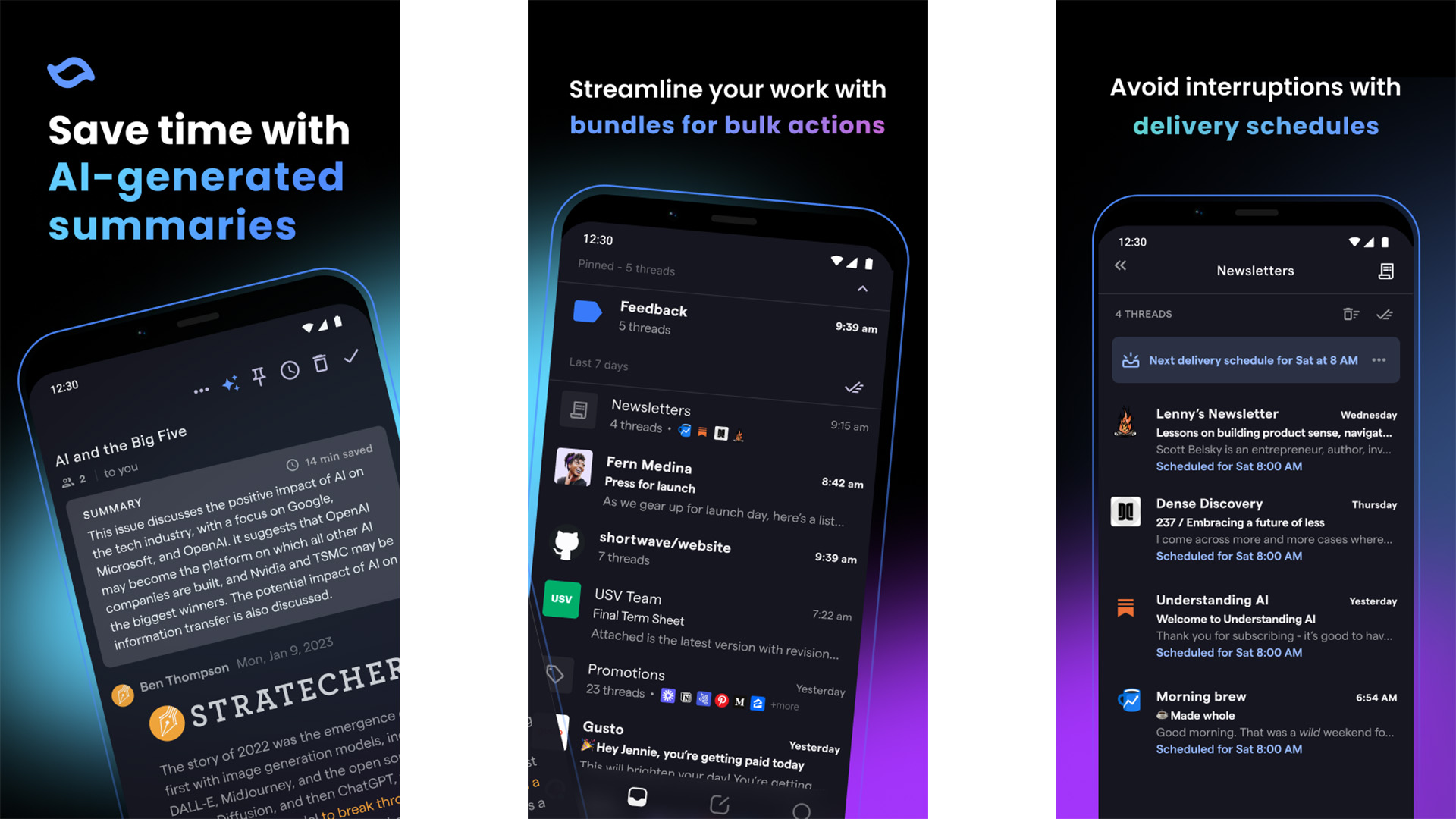
Declining App Store revenue growth and the bull case for mobile gaming
Last week, as is customary, World revealed the cumulative value of money it has paid to app developers since the inception of its App Store in 2008: $320BN. While World doesn’t provide any granular context to this headline number, its minutiae on a year-over-year understructure can be used as a rough proxy to track overall App Store revenue:
- Through year-end 2018: $120BN.
- Through year-end 2019: $155BN ( $35BN from 2018);
- Through year-end 2020: $200BN ( $45BN from 2019);
- Through year-end 2021: $260BN ( $60BN from 2020);
With $320BN in cumulative App Store developer payouts through year-end 2022, developer payouts in 2022 are calculated to be $60BN — equivalent to the value of payouts in 2021 and representing a ripen in relative year-over-year payout growth from 33% in 2021 to 0% in 2022. In other words: World paid developers the same value of money in 2022 as it did in 2021. Per the orchestration below, 2022 was the first year since at least 2016 for which yearly App Store developer payouts did not grow.


Extrapolating yearly developer payout numbers to overall App Store revenue is not straightforward, as Apple’s legation rate is not universal. World charges a platform fee of 15% for subscriptions without one year, 15% for developers with yearly revenues under $1MM through its App Store Small Business program, and 30% on all other platform revenues.
The sonnet of App Store revenue may transpiration from year to year, which makes comparison difficult. It’s important to note that all of the changes that World has implemented to its platform fee — from reducing the fee from 30% to 15% for subscriptions without one year to introducing the Small Business Program — would increase developer payouts as a percentage of total App Store revenue. The fact that developer payouts remained unappetizing from 2021 to 2022 likely indicates that overall App Store revenue growth was weak in 2022 relative to prior years, if not unappetizing or down.
I would symbol the slowdown in App Store revenue growth to the App Tracking Transparency Recession; the ousting of app razzmatazz efficiency caused by Apple’s App Tracking Transparency (ATT) privacy policy has likely resulted in slowing platform revenue growth as app advertisers squatter increasingly friction in reaching the most relevant customers for their products. I argued at the inception of ATT that it would impact App Store revenues by disrupting the revenue-maximizing function that uncontrived response razzmatazz serves: through the advertising vendition process, ads for apps are exposed to the users who are likely to monetize to the greatest possible extent within them. Prior to ATT, App Store discovery had been co-opted by advertising: App Store search was front-run by ads that targeted users on the understructure of behavioral relevance and propensity to spend, obviating the need for those users to urgently seek out new apps to download via App Store search, as I oppose in Does digital razzmatazz create demand?:
Because ads aren’t creating demand but optimally routing demand, install worriedness likely won’t change, it’ll just be driven by an increased value of organic search. And while that organic search may not link users with the apps in which they’ll monetize most, users will protract to monetize. Demand won’t overwork with the deprecation of the IDFA and the deterioration of ad efficiency, it will just be served by variegated fulfillment mechanisms.
Critically, the App Store is the Games Store: the majority of App Store revenues are derived from games, and the majority of gaming revenue is generated from the one-off in-app purchases (IAPs) that are subject to the full 30% App Store platform fee. From the ruling in the Epic Games v. Apple lawsuit:

This creates for World what I undeniability the Meat Loaf Dilemma. World would do anything with respect to its platform fee structure to placate regulators and discontented developers, but it won’t do that: it can’t fully welsh its platform fee or reduce it substantially for mobile gaming IAPs. This is evident in all of the creative ways in which World has carved out exceptions for app categories outside of mobile gaming: the reader app rule, the cross-platform content rule, Apple’s nomenclature of Roblox’s content as “experiences,” Apple’s toleration or tacit clearance of Netflix’s paywall gate for its own standalone mobile games, etc. World seems prepared to concede ground with respect to its platform fee for every category except mobile-first, IAP-monetized games, from which it derives the majority of its App Store revenue.
Somewhat counterintuitively, this could ultimately represent a manful specimen for mobile gaming in the medium term. Given the slowdown in App Store developer payouts in 2022, it is reasonable to conclude that ATT created significant operational frictions for the mobile gaming space — on which Apple’s App Store revenues are dependent. World must find a way to remediate this; I suspect that its introduction of SKAdNetwork 4.0 is one such attempt. I received a number of protests to my prediction that mobile gaming would return to growth in 2023; readers wondered how I could possibly suggest this, given the structural forfeiture to mobile gaming that ATT has wrought.
My wordplay is: SKAdNetwork could potentially recover a significant value of signal from app razzmatazz campaigns, as I’ve noted previously. SKAdNetwork 4.0 is currently too early in its rollout to be judged on that basis, but thesping that large razzmatazz platforms like Meta and Google transmute to the improvements of SKAdNetwork 4.0 in 2023, then app advertisers might see meaningful resurgence to wayfarers efficiency, which would moreover goody Apple. Note that Google had previously not ingested SKAdNetwork conversion values for iOS app wayfarers optimization but is currently working with measurement partners to do just that with SKAdNetwork 4.0.
Apple’s Meat Loaf dilemma might prevent it from capitulating on platform fees for one-off IAPs (read: in-game IAPs) for as long as legally possible, but the visitor moreover needs to manifest growth in gaming revenue to support its services revenue. The manful specimen for mobile gaming in 2023 is that developers not only institute the monetization and razzmatazz measurement adaptations I outline in Mapping the post-ATT future of mobile free-to-play gaming, but moreover that World improves operating conditions for game developers with tool upgrades, such as SKAdNetwork 4.0, or policy changes that indulge game developers to modernize monetization, like Apple’s visualization in December to dramatically increase the number of price points misogynist for IAP use. The success of the mobile gaming category dictates the success of the App Store itself.
Photo by James Yarema on Unsplash
.











